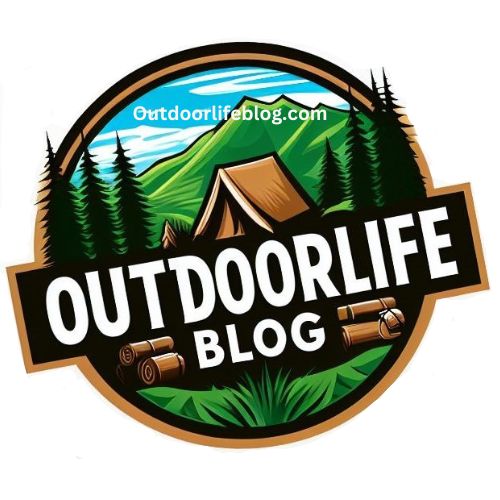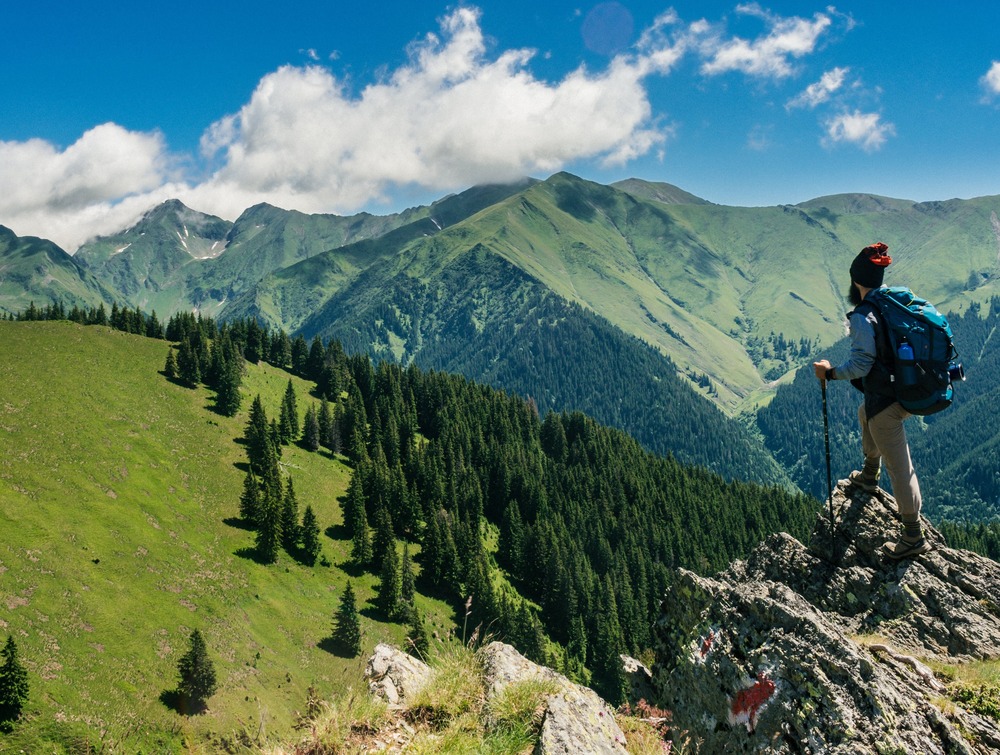Welcome to my comprehensive guide on choosing the perfect backpack and packing for your outdoor adventures. As an avid outdoor enthusiast myself, I understand the importance of having the right gear for a successful trip.
In this guide, we will cover everything you need to know to make an informed decision when it comes to selecting a backpack that suits your needs, as well as provide you with a detailed packing list to ensure you have all the essentials for a safe and enjoyable outdoor experience. So, let`s take a look at “The Perfect Backpack For Your Outdoor Adventures”. Let`s get started.

Selecting the Right Backpack
Choosing the right backpack is crucial for any outdoor adventure. It’s not just about style, but also about functionality and comfort. Here are some key factors to consider when selecting the perfect backpack for your needs.
Capacity
The capacity of a backpack refers to its storage space and is usually measured in litres. The right capacity depends on the duration and type of outdoor activity you plan to undertake. For day hikes, a smaller backpack with a capacity of 20-30 litres may be sufficient, while longer trips may require a larger backpack with a capacity of 40-70 litres or more.
Fit and Comfort
A well-fitting backpack is essential for a comfortable outdoor experience. Look for backpacks with adjustable shoulder straps, hip belts, and chest straps to ensure a snug fit. Consider trying on different backpacks and adjusting the straps to find the one that fits your body shape and size the best. A good fit will help distribute the weight of the backpack evenly across your body, reducing strain on your back and shoulders.
Durability and Weather Resistance
Outdoor adventures can be tough on gear, so it’s important to choose a backpack that is made from durable materials and is weather-resistant. Look for backpacks made from high-quality nylon or polyester materials that are tear-resistant and have a durable water-resistant (DWR) coating to keep your gear dry in wet conditions. Consider buying a rucksack rain cover.
Features and Organization
Consider the features and organization of the backpack to suit your needs. Look for backpacks with multiple compartments, pockets, and attachment points for easy organization of your gear. Features such as hydration compatibility, sleeping bag compartments, and external gear loops can also be beneficial depending on your outdoor activities.
Brand Reputation and Reviews
Do your research and read reviews from other outdoor enthusiasts to get an idea of the brand reputation and quality of the backpack you are considering. Look for backpacks from reputable brands known for their durability, comfort, and functionality.

Packing for Your Outdoor Adventure
Once you have selected the perfect backpack, it’s time to pack it with the essentials for your outdoor adventure. Here’s a comprehensive packing list to ensure you have everything you need.
Clothing
Moisture-wicking base layer (top and bottom)
Insulating layer (fleece or down jacket)
Waterproof and breathable outer shell (jacket and pants)
Quick-drying hiking pants or shorts.
Sturdy and waterproof hiking boots.
Moisture-wicking hiking socks.
Sun hat and sunglasses.
Gloves and/or mittens (depending on the weather)
Extra set of clothes (including underwear and socks)

Shelter and Sleep
Tent, tarp, or hammock (with guy-lines and stakes)
Sleeping bag (rated for the expected temperature)
Sleeping pad or camping mattress.

Light
Headlamp or flashlight (with extra batteries)

Cooking
Camp stove or portable cooking system.
Cookware and utensils.
Water filter or purification tablets.
Water bottles or hydration bladder.
Food and snacks for the duration of your trip.
Bear canister or bear bag (if camping in bear country)

Navigation and Communication
Topographic map and compass or GPS.
Personal locator beacon (PLB) or appropriate communication device (such as a satellite phone or two-way radio)
Whistle or signalling device for emergencies.
Camera or smartphone for capturing memories of your outdoor adventure.

Essentials
Multi-tool or knife.
Firestarter (matches, lighter, or fire-starter kit)
Sunscreen and insect repellent.
First aid kit with essential medications.
Personal toiletries (toothbrush, toothpaste, toilet paper, etc.)
Trash bags and zip-lock bags for waste disposal and organization.

Food and Water
High-energy and lightweight food options such as trail mix, energy bars, dehydrated meals, and jerky.
Cooking fuel or canister (if using a camp stove)
Water bottles or hydration bladder with enough capacity to carry an adequate water supply for your trip.
Water filter or purification tablets to ensure access to safe drinking water during your adventure.

Safety and Emergency Preparedness
Personal locator beacon (PLB) or satellite messenger for emergency communication.
First aid kit with essential medications, bandages, and other medical supplies.
Map, compass, or GPS for navigation.
Whistle, mirror, or signalling device for emergencies.
Emergency shelter (such as a space blanket or emergency bivvy)
Multi-tool or knife for various tasks.
Extra batteries for your communication and lighting devices.
Know the emergency protocols and contact information for the area you will be exploring.

Leave No Trace Principles
As responsible outdoor enthusiasts, it’s crucial to follow the Leave No Trace principles to minimize our impact on the environment and preserve the natural beauty of the outdoors for future generations.
Here are the seven Leave No Trace principles
Plan Ahead and Prepare
Do your research, be aware of regulations and weather conditions, and pack accordingly.
Travel and Camp on Durable Surfaces
Stick to established trails and campsites to avoid damaging fragile ecosystems.
Dispose of Waste Properly
Pack out all trash and litter, and use designated bathroom facilities or bury human waste.
Leave What You Find
Do not disturb or remove natural or cultural features.
Minimize Campfire Impact
Use a camp stove for cooking and minimize campfire impact by using established fire rings or fire pans, or by using a camp stove for cooking.
Respect Wildlife
Observe wildlife from a distance, do not feed them, and store food and trash properly to avoid attracting wildlife to your campsite.
Be Considerate of Other Visitors
Respect the privacy and tranquillity of other campers and hikers, and yield to other hikers on the trail.

Conclusion
Choosing the right backpack and packing the right gear are essential for a successful and enjoyable outdoor adventure.
By considering factors such as capacity, fit, durability, features, and brand reputation when selecting a backpack, and packing the right clothing, shelter, navigation tools, food, water, safety and emergency items, and adhering to Leave No Trace principles, you can be well-prepared for your outdoor escapades.
Remember to always prioritize safety, respect the environment, and be mindful of Leave No Trace principles to protect our natural spaces and ensure a memorable and sustainable outdoor experience.



